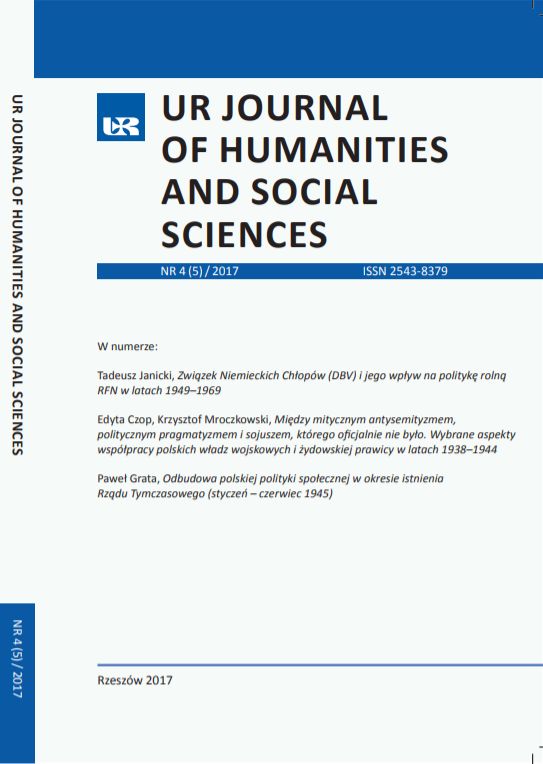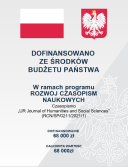Konceptualne, organizacyjne i funkcjonalne modele wojskowych służb operacyjnych w wiodących państwach NATO
DOI:
https://doi.org/10.15584/johass.2018.1.5Słowa kluczowe:
siły specjalne, operacje specjalne, NATOAbstrakt
Aktualność tematu wynika z potrzeby dalszego rozwoju ogólnej teorii użycia sił specjalnych w wojnach i konfliktach zbrojnych współczesności. Obecnie nowy rodzaj konfliktu nie ma już charakteru dużego i zauważalnego zagrożenia, lecz stanowi rozproszone i wzajemnie powiązane zagrożenia i ryzyka.
Ponieważ wykorzystanie samych tylko sił zbrojnych nie jest już w stanie sprostać nowym wyzwaniom, liderzy krajów starają się rozszerzyć swoje zdolności militarne za pomocą elastycznych mechanizmów szybkiego reagowania, które zapewniają większą swobodę działania i nowe możliwości operacyjne jako uzupełnienie konwencjonalnych operacji.
Same siły specjalne nie są w stanie zapewnić pozytywnego wyniku ani dużej, ani lokalnej wojny, jednak żadnej współczesnej wojny, interwencji zbrojnej czy operacji antyterrorystycznej nie można sobie wyobrazić bez działania jednostek sił specjalnych. Coraz większe znaczenie „elementu informacyjnego” działań bojowych, systemów kontroli, obiektów wojskowych, przemysłowych, administracyjnych znajdujących się poza bezpośrednim polem walki, a także ekspansja działalności organizacji terrorystycznych, coraz częściej stosowana taktyka „partyzancka” małych, szybkich grup, które powodują szybkie ciosy i szybko znikają, podnoszą znaczenie sił specjalnych.
Artykuł zawiera konceptualne modele organizacyjne i funkcjonalne sił specjalnych funkcjonujących w siłach zbrojnych w wiodących krajach NATO (USA, Wielka Brytania, Francja, RFN, Włochy).
Downloads
Pobrania
Opublikowane
Jak cytować
Numer
Dział
Licencja
Prawa autorskie (c) 2018 Wydawnictwo Uniwersytetu Rzeszowskiego

Utwór dostępny jest na licencji Creative Commons Uznanie autorstwa – Użycie niekomercyjne 4.0 Międzynarodowe.



